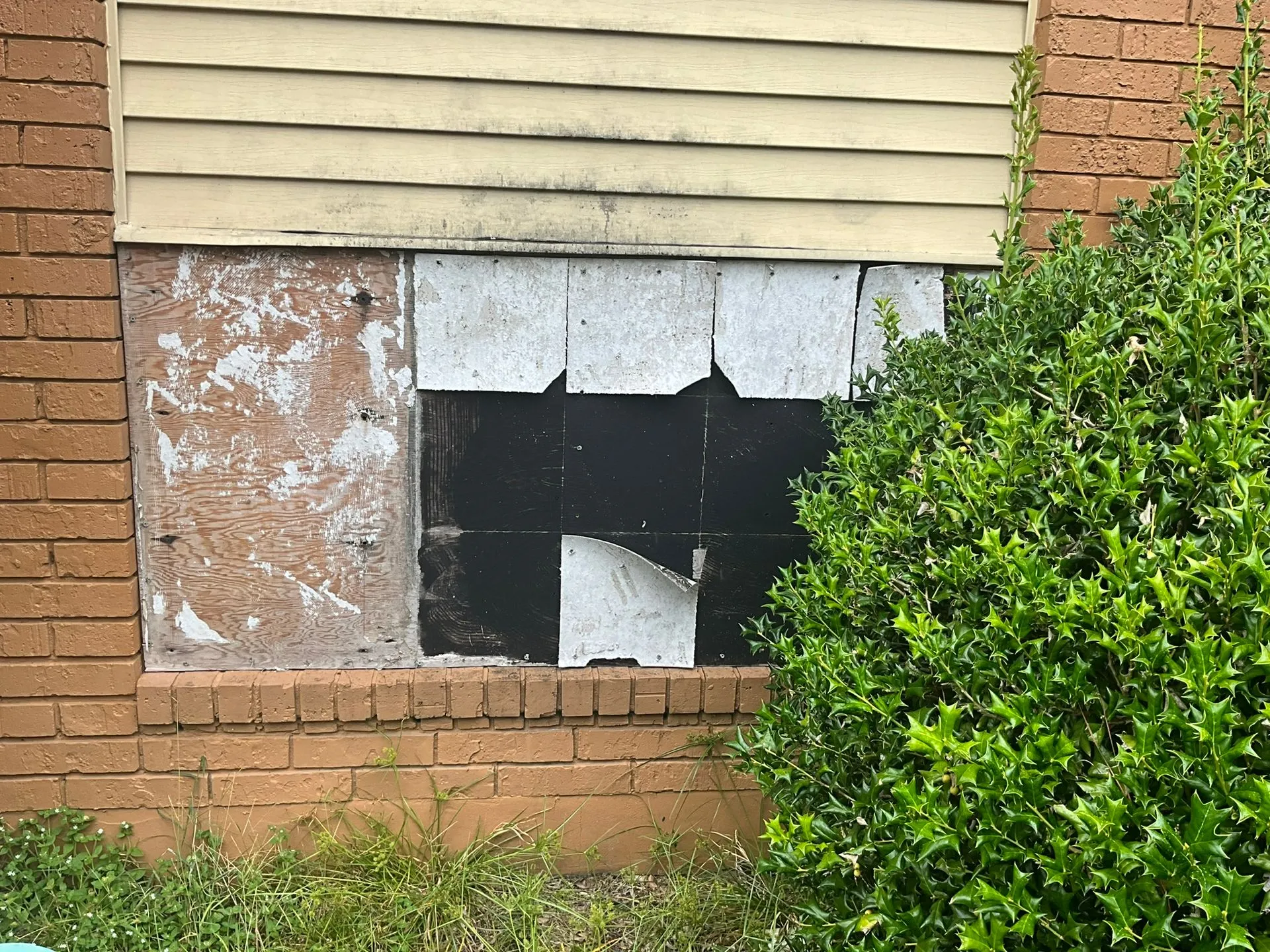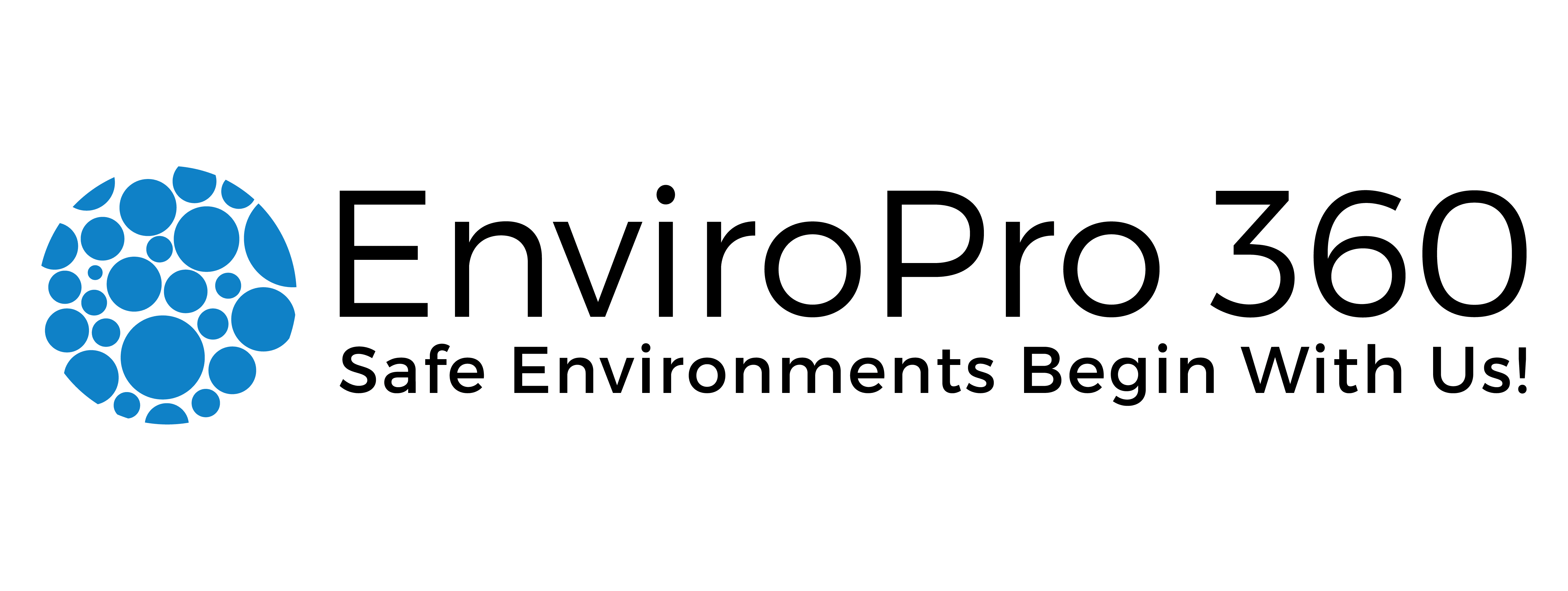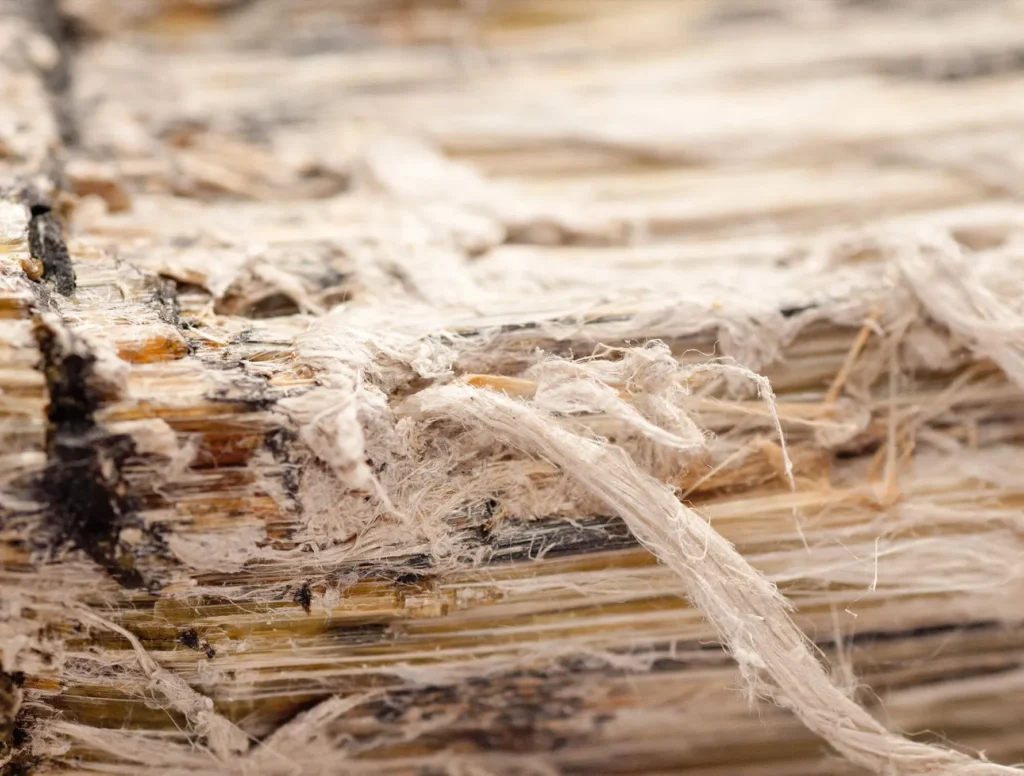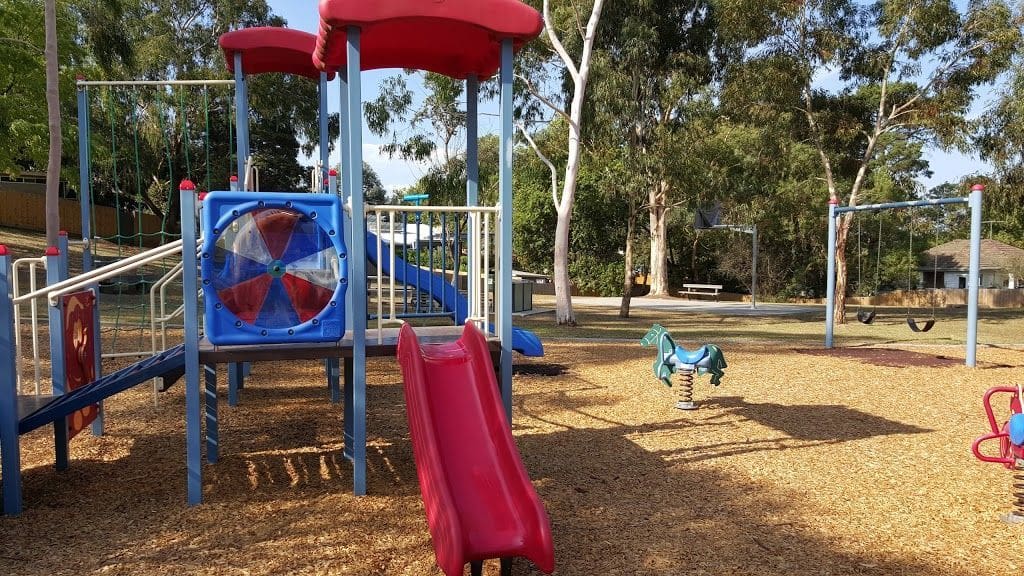How Do You Test for Asbestos? A Step-by-Step Guide
Testing for asbestos is crucial when dealing with older buildings or during renovations, as asbestos fibers can pose serious health risks if disturbed and inhaled. Here’s a step-by-step guide to safely test for asbestos:

Testing for asbestos is crucial when dealing with older buildings or during renovations, as asbestos fibers can pose serious health risks if disturbed and inhaled. Here’s a step-by-step guide to safely test for asbestos:
1. Hire a Certified Asbestos Professional
The most reliable and safe way to test for asbestos is by hiring a certified asbestos inspector. In many regions, asbestos testing must be conducted by trained and licensed professionals to ensure accuracy and safety. These professionals know how to collect samples without causing unnecessary exposure.
2. Identify Potential Asbestos-Containing Materials (ACMs)
Before testing begins, it’s essential to identify materials that may contain asbestos. Common places to check include:
- Insulation (especially around pipes and boilers)
- Ceiling tiles and popcorn ceilings
- Roofing and siding materials
- Floor tiles, vinyl flooring, and adhesives
- Vermiculite insulation
- Plaster, cement, and caulk
Older homes and buildings, particularly those built before 1980, are more likely to contain asbestos in these materials.
3. Collect Asbestos Samples Using a Standardized Process
If you’re testing for asbestos yourself (which is not recommended), extreme caution must be used. Here are the steps a professional would typically follow:
- Shut down HVAC systems: This prevents the spread of asbestos fibers through ventilation.
- Wet the Area: Wetting the material before testing helps reduce the release of asbestos fibers into the air.
- Wear Protective Gear: Professionals use personal protective equipment (PPE), including gloves, a mask, and coveralls to avoid exposure.
- Carefully Cut a Sample: Using specialized tools, the inspector cuts a small sample from the material suspected of containing asbestos.
- Seal the Sample: The sample is placed in an airtight container and properly labeled.
- Clean the Area: The area is wiped down and cleaned to remove any potential asbestos dust.
4. Get Laboratory Testing of Asbestos Samples
After collection, the asbestos sample is sent to an accredited laboratory for analysis. These labs use methods such as Polarized Light Microscopy (PLM) or Transmission Electron Microscopy (TEM) to identify the presence and type of asbestos fibers in the material.
- PLM is the most common method and is typically used for bulk samples. It allows the lab technician to visually identify asbestos fibers based on their optical properties.
- TEM is a more advanced technique used for air samples or when finer detection is needed. It provides higher magnification and a more detailed analysis.
5. Perform Additional Asbestos Air Testing
In addition to bulk material testing, air testing can be conducted to measure asbestos fiber concentrations in the air. This is particularly useful in determining exposure risk after demolition or renovation. Certified asbestos testers have access to high-efficiency particulate air (HEPA) filters and specialized pumps designed to capture even the smallest asbestos fibers. This advanced equipment ensures accurate and reliable results, providing critical information for safety assessments.
6. Review Asbestos Test Results
Once the analysis is complete, the laboratory provides a detailed report indicating whether asbestos is present and, if so, in what concentration. If the materials contain asbestos, proper removal and abatement procedures must follow to prevent exposure.
A certified asbestos tester plays a crucial role in interpreting these lab results. They have the expertise to understand the implications of the findings and can provide clear guidance on the next steps. Whether it involves full abatement, encapsulation, or other remediation methods, the tester will advise on the safest and most effective course of action. Their professional advice ensures that the asbestos is managed in compliance with regulations.
Why You Should Avoid DIY Asbestos Testing
While DIY asbestos testing kits are available, they are not recommended for several reasons:
- Safety risks: Disturbing asbestos-containing materials without proper precautions can release hazardous fiber into the air, increasing exposure.
- Inaccurate results: Without the proper tools and expertise, samples may not be collected correctly, leading to false or incomplete results.
- Legal requirements: Many regions require that asbestos testing be done by certified professionals, particularly before renovation or demolition.
DIY kits can miss asbestos and result in you being exposed to asbestos unknowingly. This exposure can lead to serious health issues, including lung cancer, mesothelioma, and asbestosis. It is crucial to rely on professional asbestos testing to ensure your safety.
What to Do If Asbestos Is Detected
If asbestos is found, it is crucial to leave the area undisturbed until a certified asbestos abatement professional can safely remove or contain it.
Testing for asbestos is a vital step in safeguarding your health and complying with regulations when working with older buildings. Always rely on certified professionals to handle asbestos testing to ensure that the process is safe, accurate, and thorough. If you suspect asbestos in your home or business, contact EnviroPro 360 to arrange a professional asbestos inspection and testing today.
EnviroPro is your certified asbestos tester covering the southeast region surrounding Augusta, GA including the Georgia cities of: Augusta, Savannah, Macon, Warner Robins, Athens, Martinez, Statesboro, Evans, Milledgeville, Grovetown, and the South Carolina cities of: Columbia, Greenville, North Charleston, Rock Hill, Summerville, Sumter, Spartanburg, Hilton Head Island, Aiken, Anderson, Greenwood, Greer, Wade Hampton, Taylors, Mauldin, North Augusta, Bluffton, Lexington, Goose Creek, Newberry.


